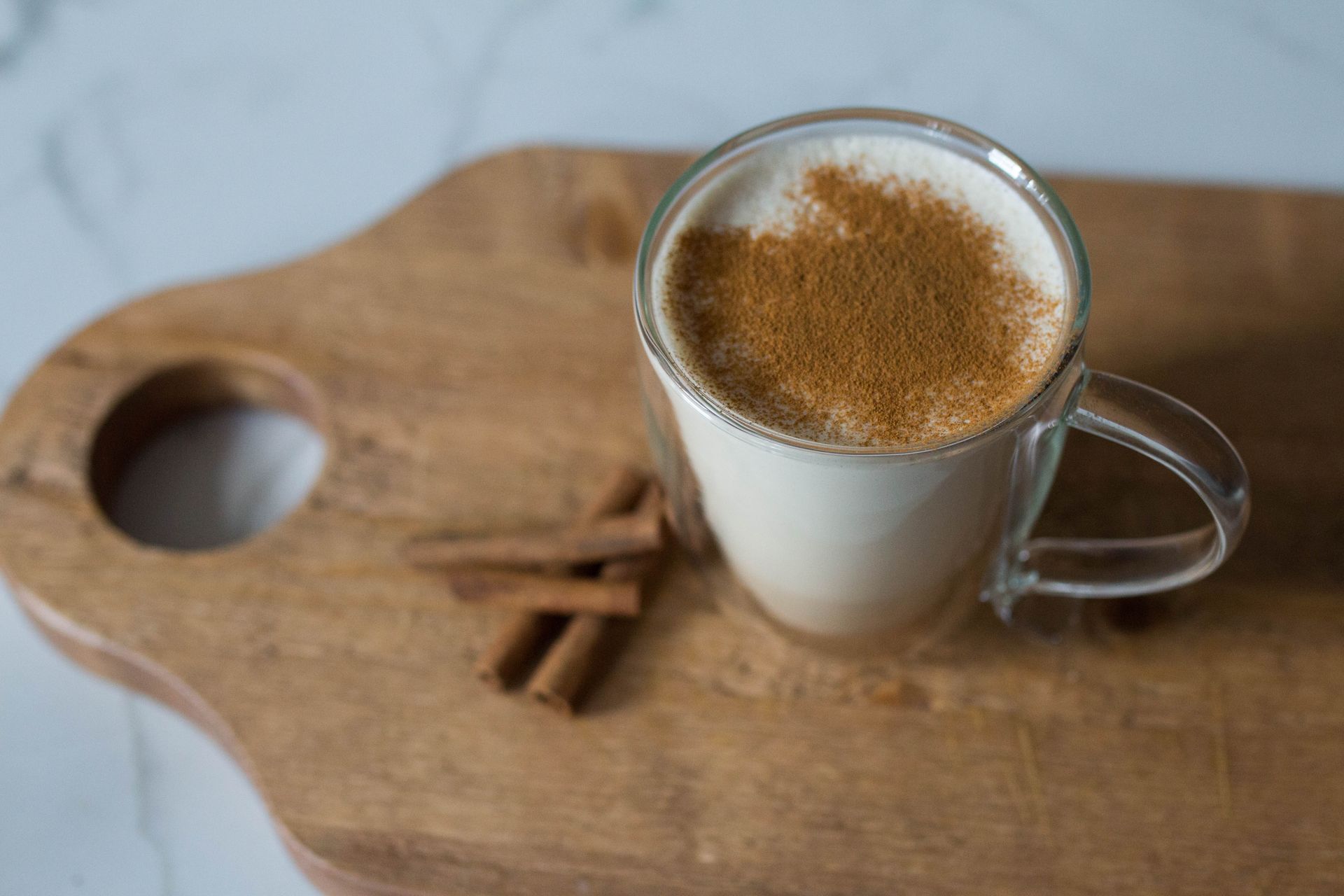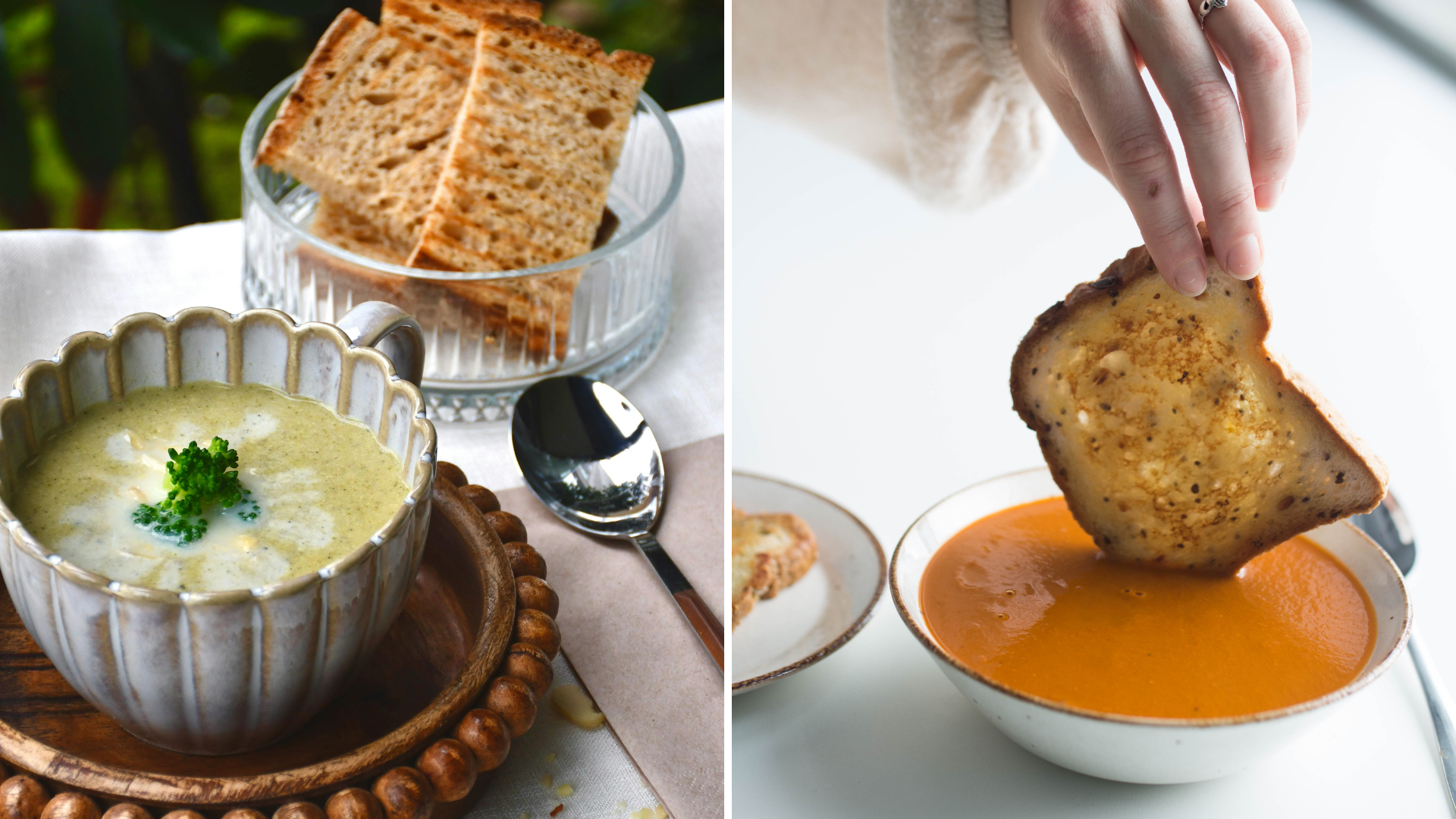Stuffed Acorn Squash With Turkey Sausage, Apple & Quinoa
Recipe by Jessica Kirschner @thepairadigm

INGREDIENTS
- 2 regular sized acorn squash
- Plain goat cream cheese (apple cinnamon or honey would also be lovely)
- 2tsp fresh or dried rosemary
- 2 chopped apples
- Salt and pepper to taste
- 1/2 onion
- 3 turkey sausages
- 2-4 cloves of garlic
- 1 cup of quinoa
DIRECTIONS
- Cut squash in half.
- Scoop out the seeds and place face down on baking sheet.
- Roast for 30-40 min till fork easily pierces through.
- Preheat oven for 400
- Cook a cup of quinoa
- Once cooked mix with salt and pepper
- Stir till combined then set aside In frying pan, sate half an onion and 2-4 cloves of garlic
- Cut up 3 turkey sausages (we use Yorkshire wieners)
- Once caramelized and browned, add to quinoa mixture with a handful of soft goat cheese. Stir to combine.
- Once squash is finished, remove from oven, flip face up and fill with the stuffing.
- Top with leftover goat cheese and place back in oven at 350 till cheese is melted.
- Some might choose to garnish with fresh greens, maple syrup, light balsamic.
- Enjoy!

Feeling the Holiday pressure? In the midst of Winter’s chill and the Holiday rush, your own well-being deserves space to breathe. The natural world around us is slowing down, so why shouldn’t we? Winter invites us to turn inward, and it is especially important to support your mental health during these longer, darker days. Did you know that we, as Canadians, are more prone to Seasonal Affective Disorder due to our northern latitude, which results in less sunlight during the winter? The Holiday season can be equal parts joyful and overwhelming. Schedules get busy, routines slip, and we're surrounded by comfort foods and sweet treats. Between gatherings, travel, and to-do lists, our well-being can take a back seat. Here are some simple tips to keep you grounded, nourished, and feeling your best throughout the season: *These suggestions are not intended to replace appropriate professional advice. Please check labels for contraindications and check with your pharmacist if you are on prescription drugs. These suggestions are based on over 40 years of customer experience at Jo Anne’s Place.

Packed with vitamins A and C, fibre, and antioxidants, autumn squashes are a true gift from nature that can help support immune health, glowing skin, and sustainable nutrition through the colder months. From the sweet nuttiness of acorn and butternut to the rich, velvety texture of kabocha and spaghetti squashes, each variety offers its own unique flavour profile and nutritional benefits. Here are 4 delicious takes on squash: Roasted Acorn Squash, Traditional Kabocha Croquettes, Butternut Squash Pizza, and Stuffed Spaghetti Squash. Also be sure to check out more of our Butternut Squash Soup and Stuffed Acorn Squash recipes.

Don't get us wrong, Pumpkin Spiced Lattes are delicious. But, there are tons of other fall flavours that get forgotten this time of year. And as Canadians, we simply cannot let maple syrup get overlooked! So, we're sharing a festive fall Salted Maple Cinnamon Latte recipe that you can enjoy both hot and iced - die-hard iced coffee drinkers no matter the season, we see you! Maple syrup and cinnamon are both sources of antioxidants that help your body fight inflammation. Maple syrup also contains vitamins, minerals, and amino acids! Enjoy the benefits of these delicious ingredients in this simple and cozy drink!

Soup season is upon us! As the days grow colder, there's few things as comforting as a warm bowl of soup. We're sharing two of our favourite nourishing classics - Cream of Broccoli and Cream of Carrot. Made with super simple, whole food ingredients, these recipes are easy to prepare and packed with nourishing veggies and warming spices. Grab your pot and let's get simmering!






